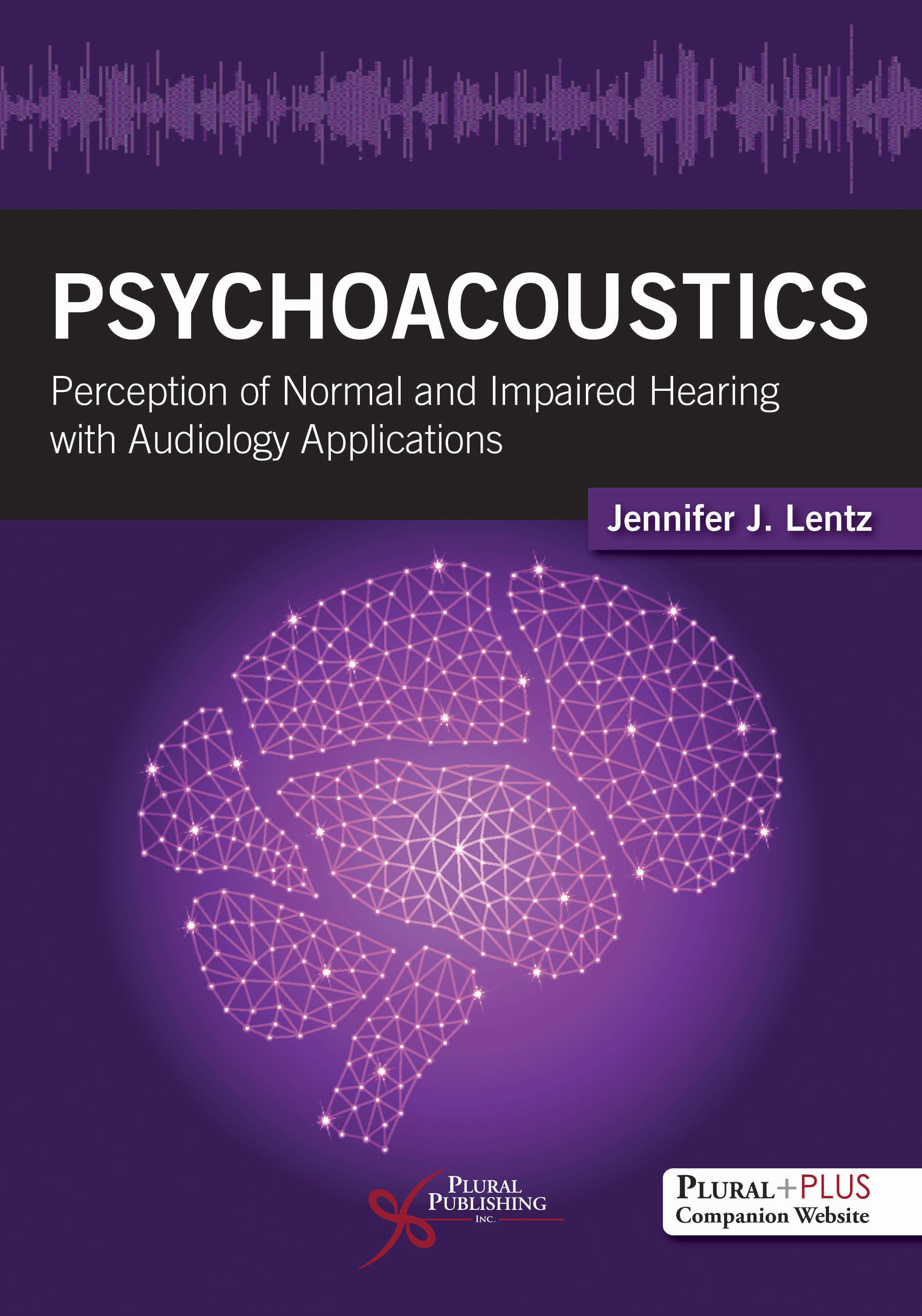
Psychoacoustics: Perception of Normal and Impaired Hearing with Audiology Applications.
First Edition
Jennifer J. Lentz
Details: 238 pages, B&W, Softcover, 7" x 10"
ISBN13: 978-1-59756-989-7
© 2020 | Available
Psychoacoustics: Perception of Normal and Impaired Hearing with Audiology Applications provides an overview of the field of psychoacoustics, with a primary focus on auditory perception. The influence of hearing loss on these general auditory abilities is discussed in every chapter. Components of the book also include the role of psychoacoustics in audiological assessment and treatment. Psychoacoustics is ideal for graduate students in audiology who intend on having a clinical career and need an understanding of both normal and impaired auditory perception. It is intended to give students sufficient information to understand how the ear achieves auditory perception, what the capabilities of the ear are, and how hearing loss influences that perception. It also provides students with a foundation for further study in the area and to apply psychoacoustic principles to diagnostic audiology and audiological rehabilitation.
Each chapter presents self-contained information related to the acoustics, physiology, and methodologies as they apply to the topic being discussed. Chapters include the following: introduction, relevant acoustics, important physiological studies, perception by normal-hearing listeners, and perception by listeners who have sensorineural hearing loss. The final chapter discusses clinical implications of deficits in perceptual abilities by listeners with sensorineural hearing loss. Because psychoacoustics is intimately integrated into clinical audiology, this chapter also includes a discussion of many of the clinical tests and practices that have evolved directly from psychoacoustic experimentation.
Key Features
- Learning objectives and summaries begin and end each chapter to convey the goals of the text and review student comprehension.
- Each chapter contains exercises designed to develop critical thinking about psychoacoustics.
- The text emphasizes applied learning for more effective and efficient learning of the material.
- A PluralPlus companion website contains PowerPoint lecture slides, and lab exercises and demonstrations so that students may develop their understanding of psychoacoustic topics and instructors can facilitate that learning.
Douglas L. Beck, AuD, speaks with Jennifer J. Lentz about psychoacoustics in The Hearing Review. Read the interview here.
Reviews
"The book contains all essential issues of modern psychoacoustics and hearing sciences. Every chapter provides "take-home points" and "exercises," which will be extremely helpful for both instructors and students. All chapters also discuss sensory neural hearing loss cases, which are unique and helpful for AuD students."
—Inyong Choi, PhD, Assistant Professor, Department of Communication Sciences and Disorders, University of Iowa
"This book continually engages students with clinical relevance to the topic of each chapter. Each chapter provides physiological correlates with the given psychoacoustic issues, so that students can have broad knowledge of hearing science."
—Bomjun J. Kwon, PhD, Associate Professor, Department of Hearing, Speech and Language, Gallaudet University
"As it intends, the book would indeed serve as an excellent text for a course within a university audiology programme or as an extended segment in a broader course. The chapters make handy modules, and the format is something of an instant syllabus – just add students! The end-of-chapter questions are extensive; to answer all of them requires both an understanding and application of the knowledge introduced. The format takes those within audiological circles from the familiar and concrete – the measuring of thresholds in quiet – through to the more foreign and ambiguous – the manifold perceptions of pitch and phenomena of binaural hearing."
—William M Whitmer, PhD, in ENT & Audiology News (September 2020)
Introduction
Acknowledgments
Reviewers
Chapter 1. History
Chapter 2. Estimating Threshold in Quiet
Chapter 3. Estimating Thresholds in Noise (Masking)
Chapter 4. Loudness and the Perception of Intensity
Chapter 5. Temporal Processing
Chapter 6. Pitch Perception
Chapter 7. Hearing with Two Ears
Chapter 8. Clinical Implications
Glossary
Index
Purchasers of this book receive complimentary access to supplementary materials hosted on a PluralPlus companion website.
To access the materials, log in to the website using the URL located inside the front cover of your copy of Psychacoustics.
STUDENTS:
To access the student materials, you must register on the companion website and log in using the access code located inside the front cover of your textbook.
INSTRUCTORS:
To access the instructor materials, you must contact Plural Publishing, Inc. to be verified as an instructor and receive your access code.
Email: instructormaterials@pluralpublishing.com
Tel: 866-758-7251 (toll free) or 858-492-1555
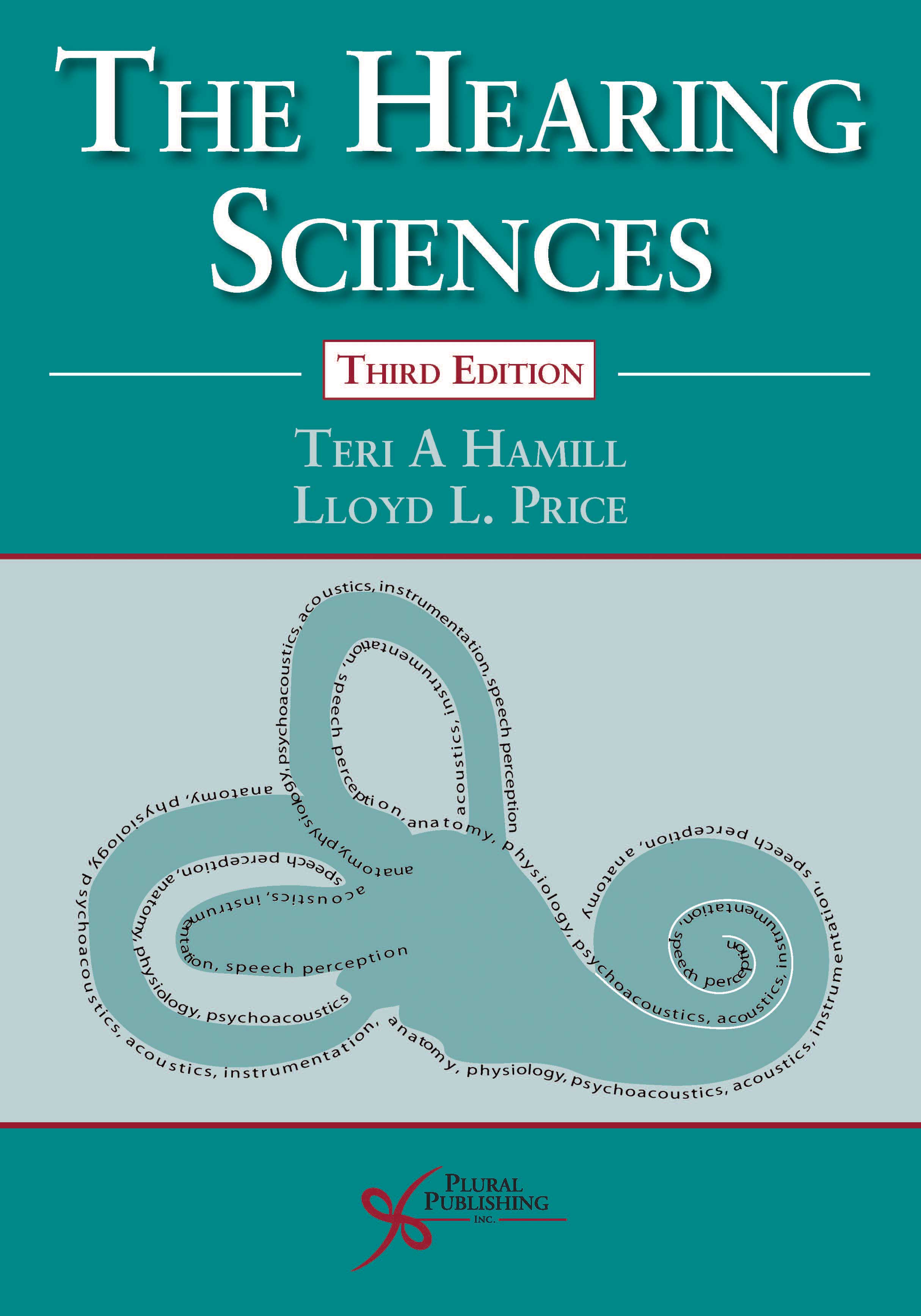
The Hearing Sciences
Third Edition
Teri A. Hamill, Lloyd L. Price
Details: 637 pages, B&W, Softcover, 8.5" x 11"
ISBN13: 978-1-94488-363-8
© 2019 | Available
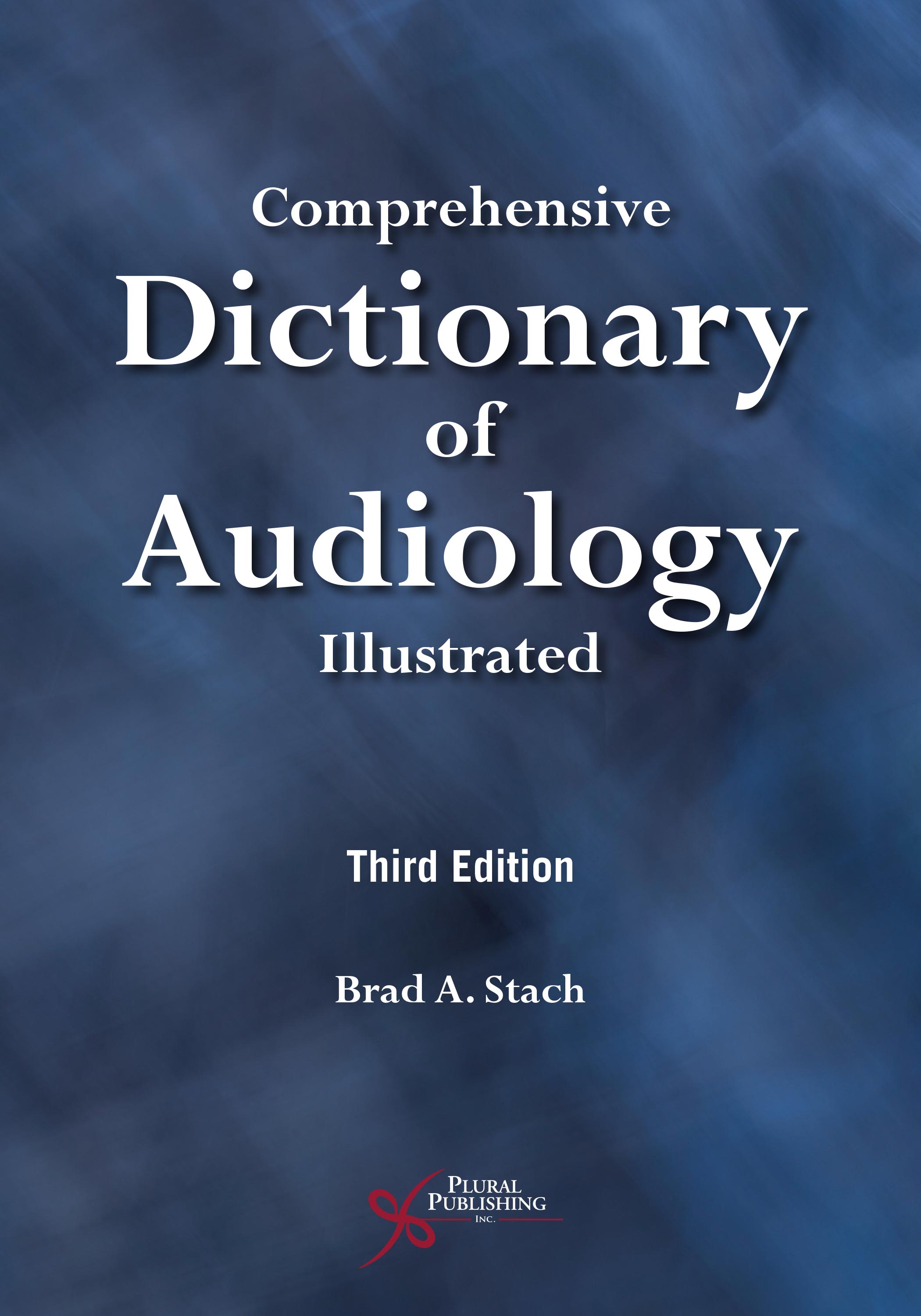
Comprehensive Dictionary of Audiology: Illustrated
Third Edition
Brad A. Stach
Details: 349 pages, B&W, Softcover, 7" x 10"
ISBN13: 978-1-94488-389-8
© 2019 | Available
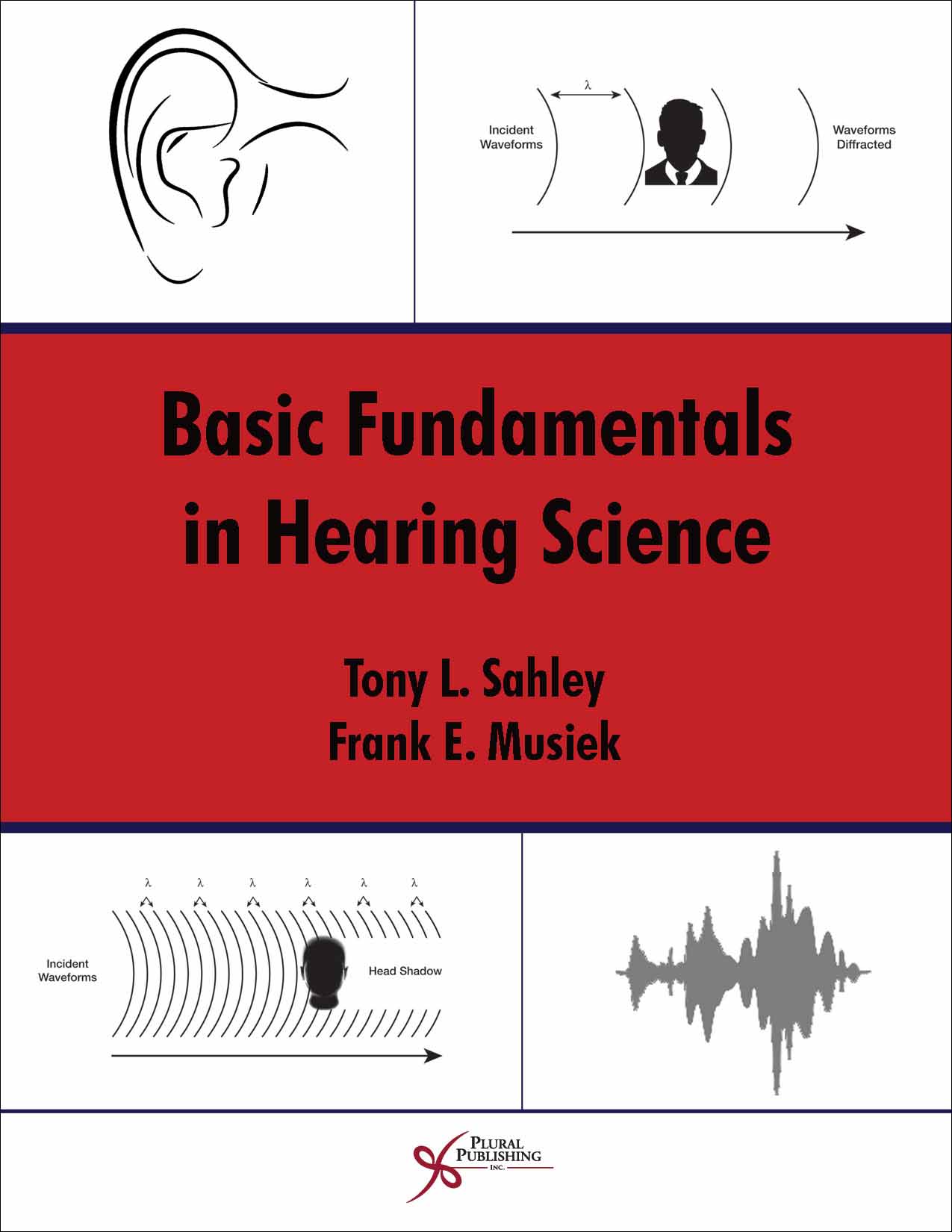
Basic Fundamentals in Hearing Science
First Edition
Tony L. Sahley, Frank E. Musiek
Details: 704 pages, B&W, Hardcover, 7" x 10"
ISBN13: 978-1-59756-549-3
© 2016 | Available
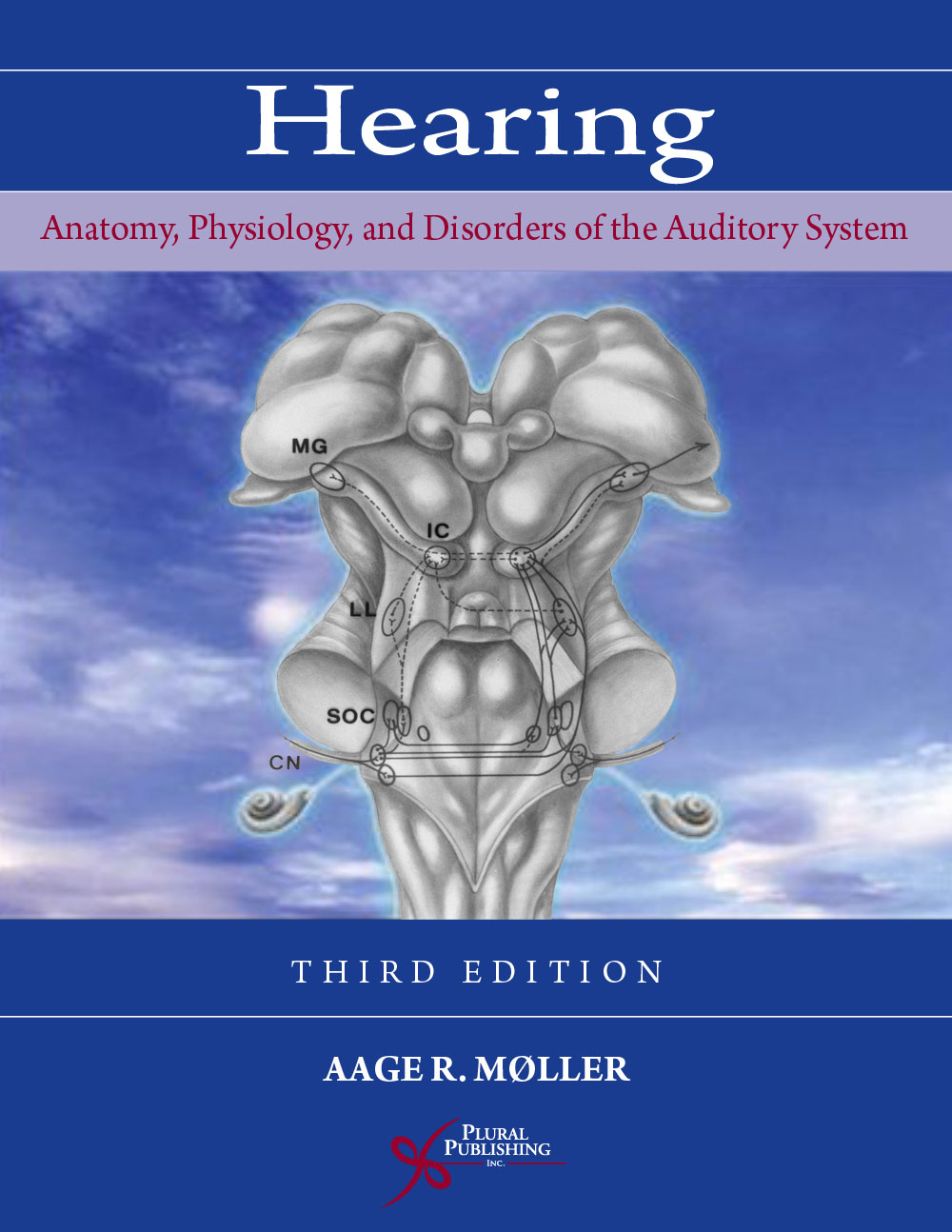
Hearing: Anatomy, Physiology, and Disorders of the Auditory System
Third Edition
Aage R. Møller
Details: 432 pages, B&W, Hardcover, 8.5" x 11"
ISBN13: 978-1-59756-427-4
© 2013 | Available
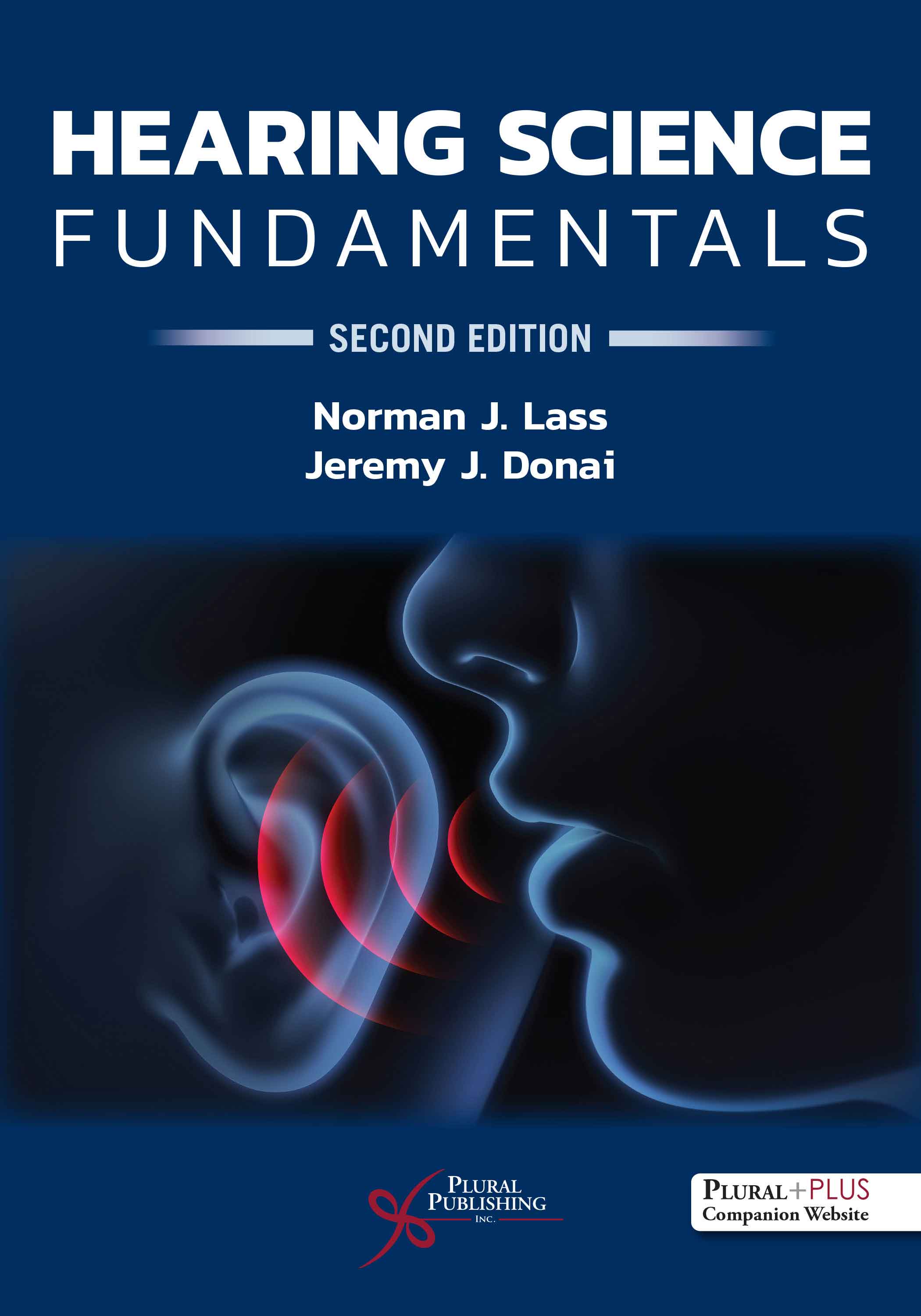
Hearing Science Fundamentals.
Second Edition
Norman J. Lass, Jeremy J. Donai
Details: 370 pages, 2-Color, Softcover, 7" x 10"
ISBN13: 978-1-63550-328-9
© 2023 | Available
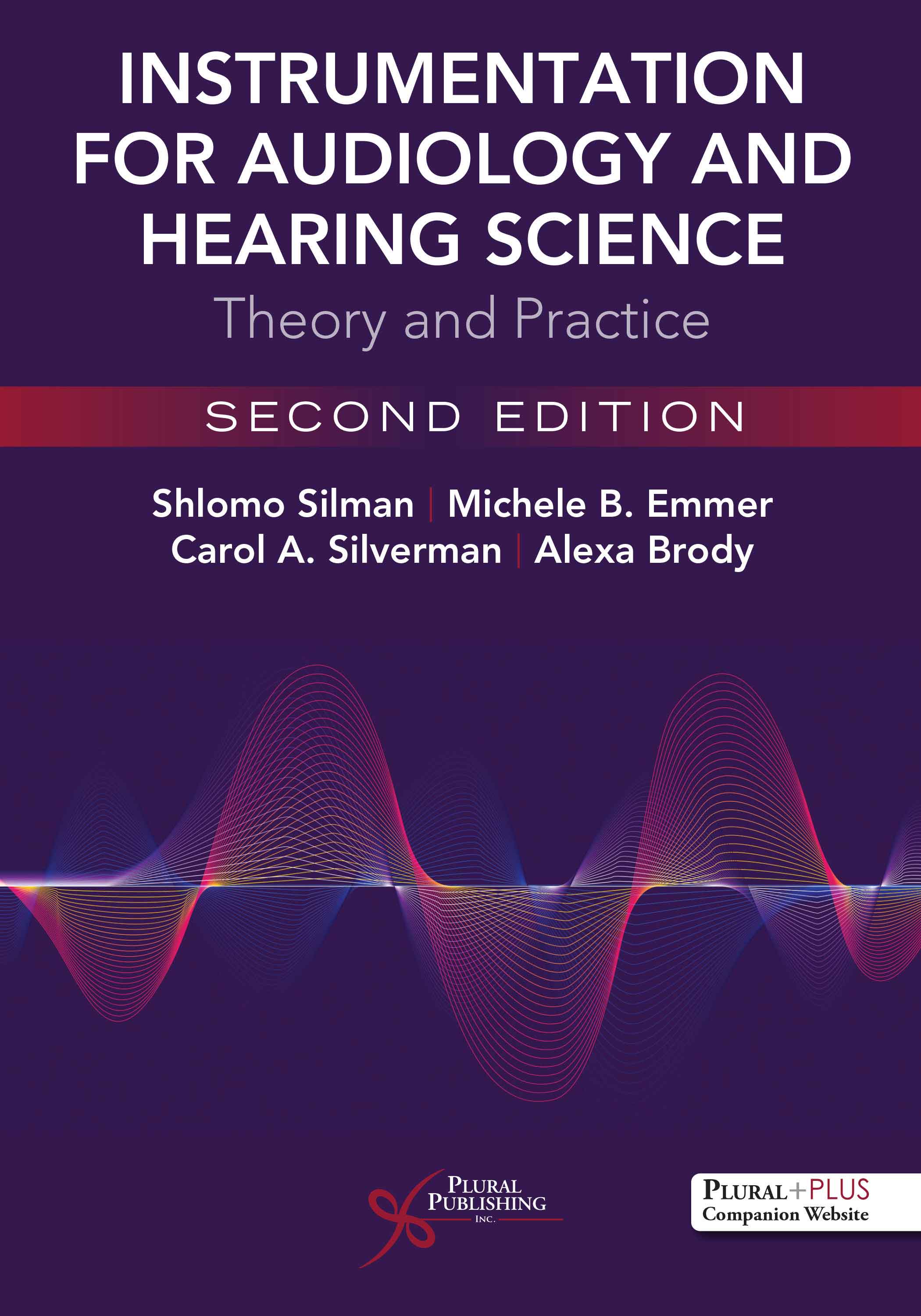
Instrumentation for Audiology and Hearing Science: Theory and Practice
Second Edition
Shlomo Silman, Michele B. Emmer, Carol A. Silverman, Alexa Brody
Details: 338 pages, B&W, Softcover, 7" x 10"
ISBN13: 978-1-63550-226-8
© 2023 | Available

